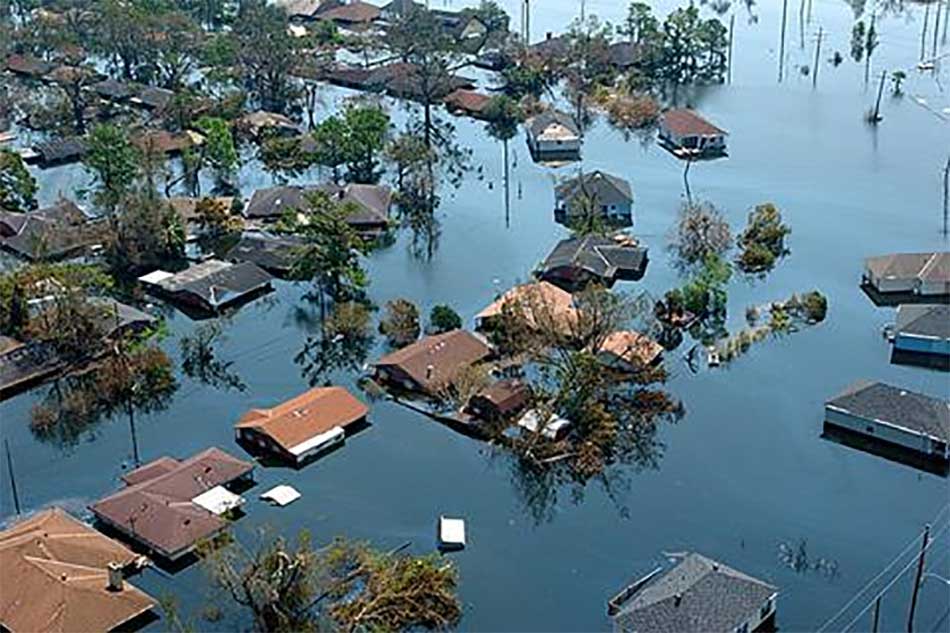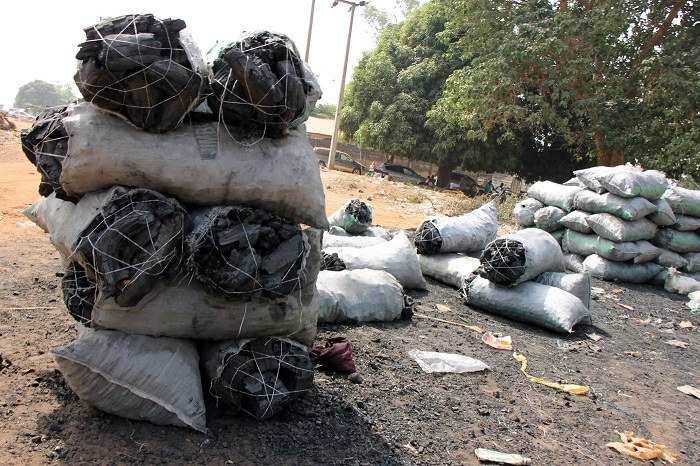NEWS
Amid Incessant Natural disasters, Expert speaks Solutions

Reports had it that in the U.S. Midwest and Southeast, Tornadoes killed at least 33 people as 12 fatalities spanned five counties where more than 500 homes, Mobile home park, church and grocery store in the country were totally destroyed as 29 people were injured and 21 counties sustained storm damage.
Also Earthquake had damaged buildings in the Italian city of Naples. The quake, which was followed by several much smaller tremors, has a depth of 2.5 kilometres as emergency teams rescued one person from the rubble of a partially collapsed house which led to power outage in the region.
Meanwhile, tremors of the same magnitude as one that occurred last year May, was the strongest since the early 1980s, when a long string of seismic events sowed damage and panic in the same area.
Natural disasters refers to catastrophic events that occur due to natural processes, such as earthquakes, hurricanes, floods, and volcanic eruptions. These events can have devastating impacts on human populations, infrastructure, and the environment.
This could be caused by several human and environmental impacts which contribute greatly to individuals who experience such.
There are several examples of these disasters like; earthquakes, heatwaves, floods, hurricanes, landslides, Tornadoes, tsunamis, wildfires, ice storms,sinkholes and many others.
According to the center for research, Natural disasters affected 93.1 million people and claimed 86,473 lives worldwide, approximately 40,000 to 50,000 people per year. This is the average over the last few decades.
A total of 104.1676 million people were affected by natural disasters globally in 2021, of which 52.84% were affected by droughts, reaching 55.0467 million people, accounting for the largest proportion of the total, 28.03% by floods, reaching 29.1981 million people; 16.91% by storms, reaching 17.6145 million people.
Globally, natural disasters, particularly floods and storms, account for about 67% of all disaster events, while earthquakes, landslides, droughts, extreme temperatures, wildfires and volcanic eruptions make up the remaining 23%.
Experts Weigh in
In an interview with Faridah Igbayilola an environmentalist and climate enthusiast who worked at the Silver Trust Recycling Center Osogbo, said the recent tornadoes in the US Midwest and Southeast, and the earthquakes that damaged buildings in Naples, southern Italy, are part of a larger pattern of increasing natural disasters which need to be address as climate change.
Rising global temperatures are altering weather patterns, leading to more extreme and unpredictable weather events like tornadoes. It’s not just climate change that is the contributing factor though but Human activities like deforestation, urbanization, and pollution are making things worse
Also one could see that geological factors, like the movement of tectonic plates, which are responsible for earthquakes makes the region of southern Italy prone to seismic activity because of its location near the boundary between the Eurasian and African tectonic plates.
Speaking on the consequences of these disasters Faridah reveals that it could cause Environmental degradation, human migration and displacement, economic devastation, loss of life and injury, psychological trauma, displacement and migration among others.
The silver trust recycling worker therefore recommended that climate change need to be addressed, which means “reducing greenhouse gas emissions, transitioning to renewable energy sources, and promoting sustainable land use practices.
“We also need to implement disaster risk reduction measures, like early warning systems and disaster-resilient infrastructure. And then there’s environmental conservation. Protecting and restoring natural habitats, promoting sustainable agriculture practices, and reducing pollution can all help reduce the risk of natural disasters”, she added
However, Some potential solutions which include building climate-resilient infrastructure, restoring and preserving natural ecosystems, and implementing early warning systems needs to be looked into.
In conclusion, the recent surge in natural disasters is a wake-up call for all of us. It’s time to take action and work towards reducing the risk of these disasters. By addressing climate change, implementing disaster risk reduction measures, and promoting environmental conservation, we can create a safer and more sustainable future for ourselves and future generations.
Discover more from Asiwaju Media
Subscribe to get the latest posts sent to your email.
-

 NEWS6 days ago
NEWS6 days agoDavid Beckham Hospitalized With Arm Injury As Victoria Shares Update
-

 ENTERTAINMENT5 days ago
ENTERTAINMENT5 days agoFrank Edoho Confirms Split From Second Wife Sandra Onyenuchenuya
-

 NEWS5 days ago
NEWS5 days agoMan Heartbroken As Girlfriend Of 2 Years Denies Him During Interview With YouTuber Asherkine At UNN
-

 ENTERTAINMENT5 days ago
ENTERTAINMENT5 days agoNollywood Mourns As Actor And Producer Kayode Peters Reportedly Passes Away In Canada
-

 JOBS/SCHOLARSHIPS6 days ago
JOBS/SCHOLARSHIPS6 days agoFG Releases YEIDEP 2025 Payment Schedule, Sparks Hope for Youth in Agribusiness
-

 INSIDE NYSC6 days ago
INSIDE NYSC6 days agoNYSC DG Calls For Unity and National Development During Lagos Camp Visit
-

 SPORTS5 days ago
SPORTS5 days agoAbakaliki FC Faces Kwara United Today in Federation Cup Final
-

 POLITICS4 days ago
POLITICS4 days agoChristian Asaga Nwali Bags Award for Contributions to Community Development
-

 ENTERTAINMENT5 days ago
ENTERTAINMENT5 days agoUNN Student Becky Breaks Silence, Denies Claims Of Boyfriend Denial After Viral Outing With Asherkine
-

 NEWS6 days ago
NEWS6 days agoPhilanthropist Christian Asaga Nwali Commissions Bungalow for Elderly Widow in Ikwo
-

 POLITICS5 days ago
POLITICS5 days agoSenator George Akume Resigns as Secretary to the Government of the Federation
-

 SPORTS5 days ago
SPORTS5 days agoAfonja Warriors Spice Up the Final, Leave Rice Boys with an Empty Bowl






















